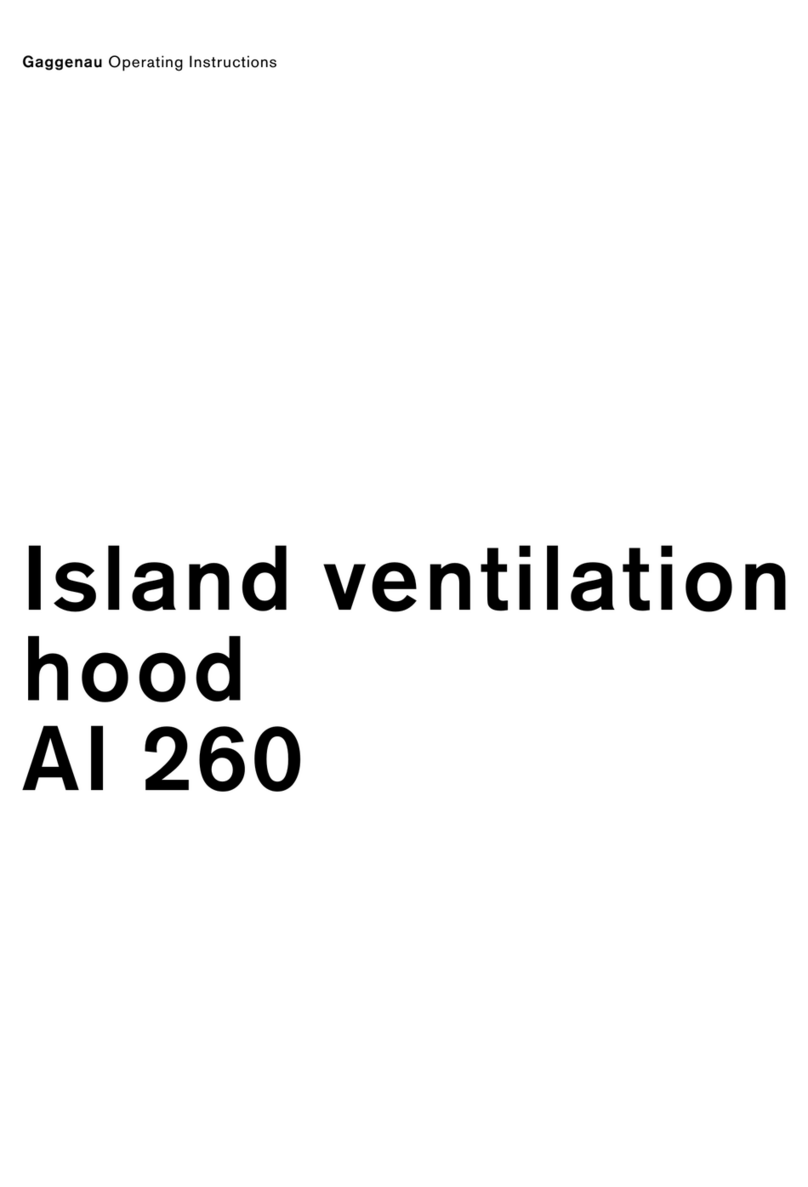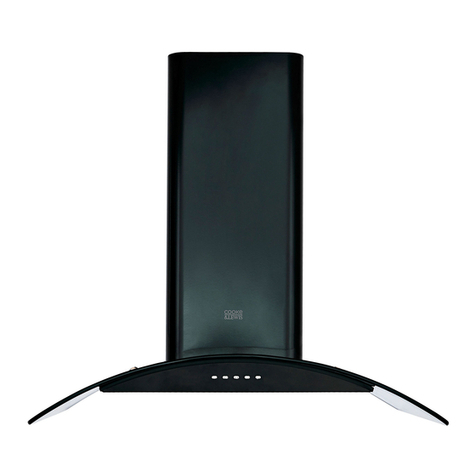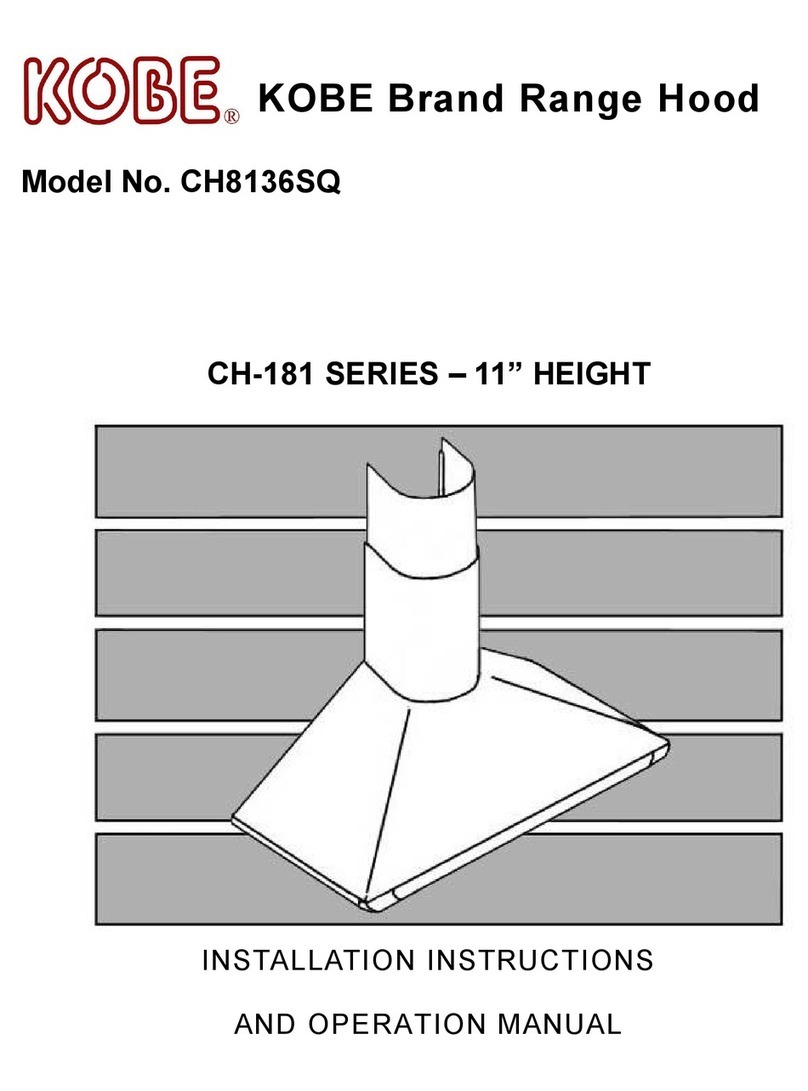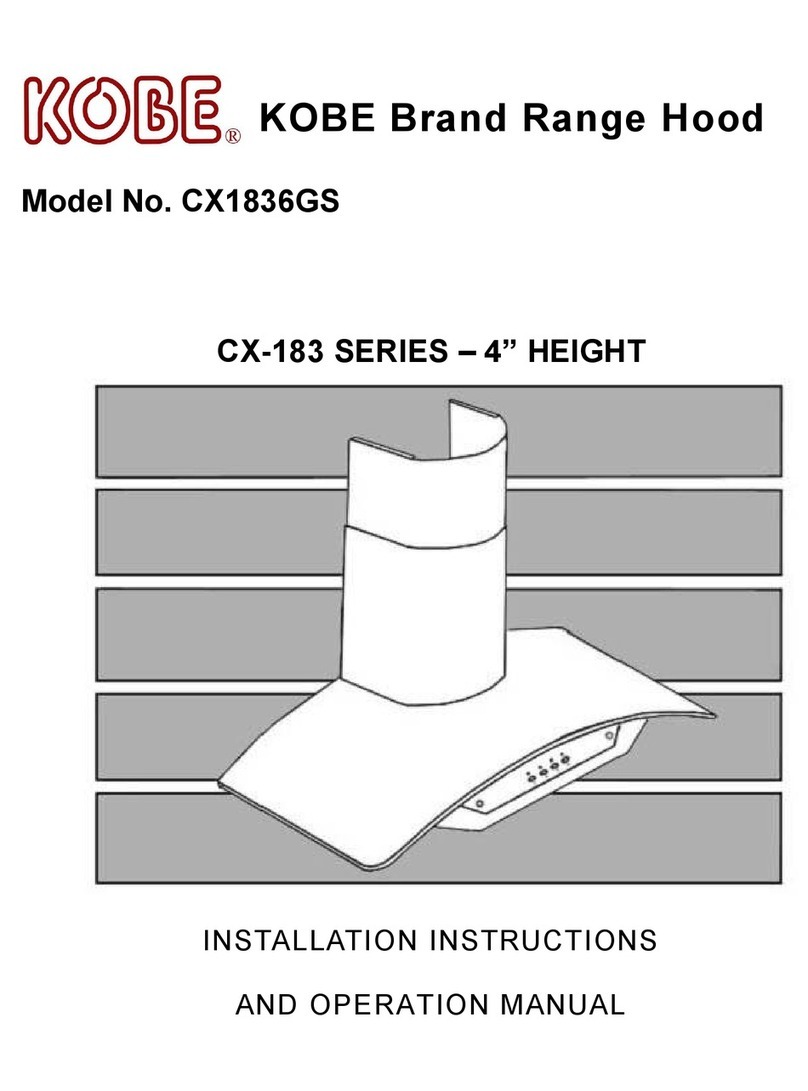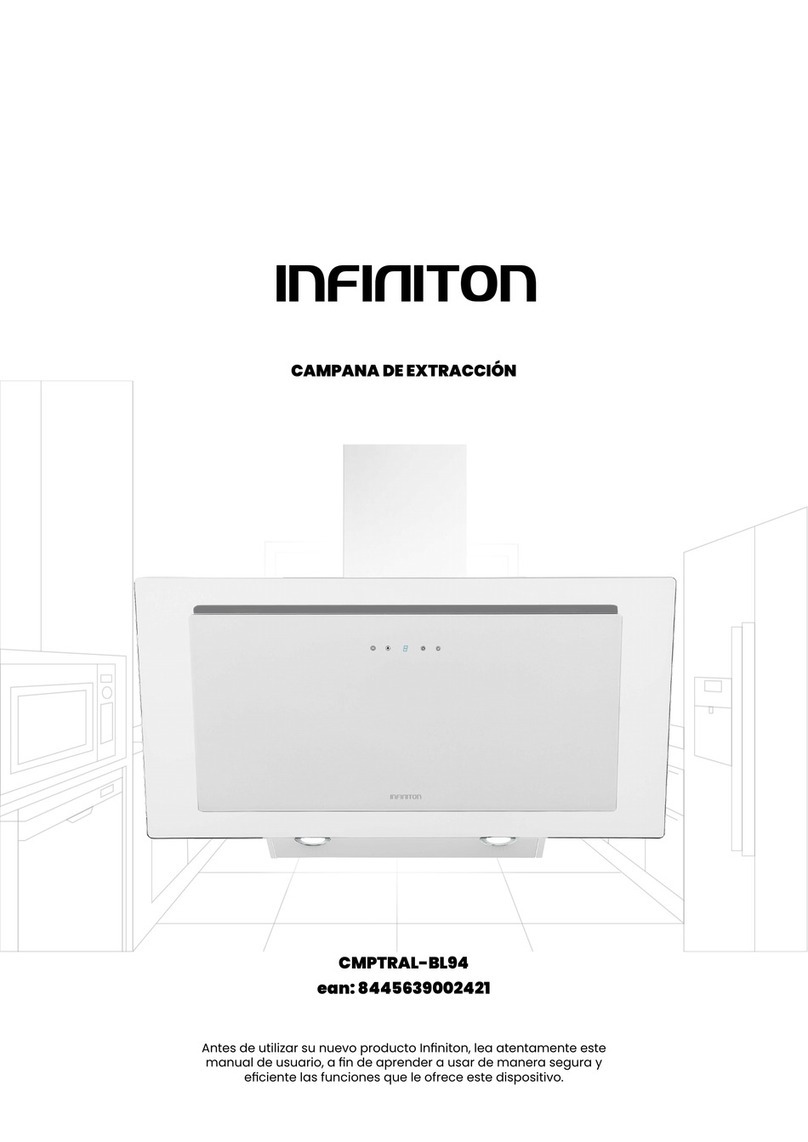Gaggenau AH 360-720 Product guide



















Other manuals for AH 360-720
1
Other Gaggenau Ventilation Hood manuals

Gaggenau
Gaggenau AR 403 722 User manual
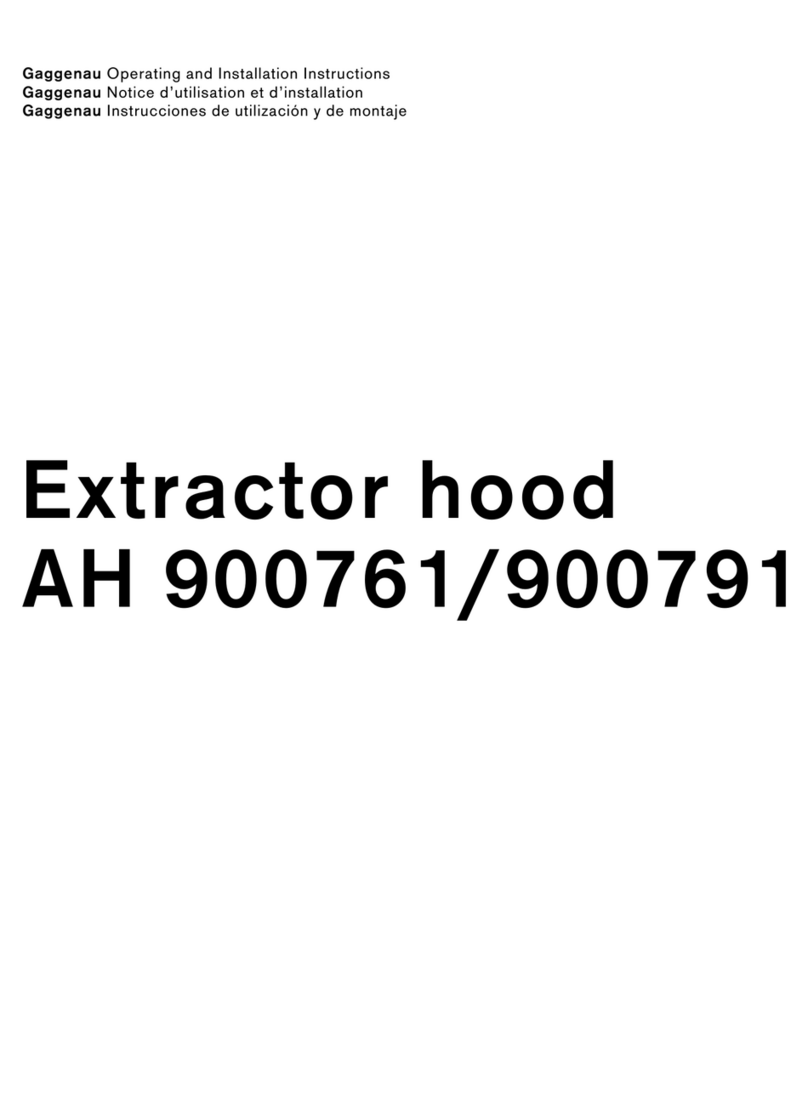
Gaggenau
Gaggenau AH 900791 User manual

Gaggenau
Gaggenau AI240191 User manual

Gaggenau
Gaggenau AL200180 User manual

Gaggenau
Gaggenau AW250192 User manual

Gaggenau
Gaggenau AW 27 User manual

Gaggenau
Gaggenau AA 490 710 User manual

Gaggenau
Gaggenau AC 250 User manual

Gaggenau
Gaggenau AL 400 792 User manual

Gaggenau
Gaggenau AW230120 User manual

Gaggenau
Gaggenau AT 400-700 User manual

Gaggenau
Gaggenau AW 250 User manual
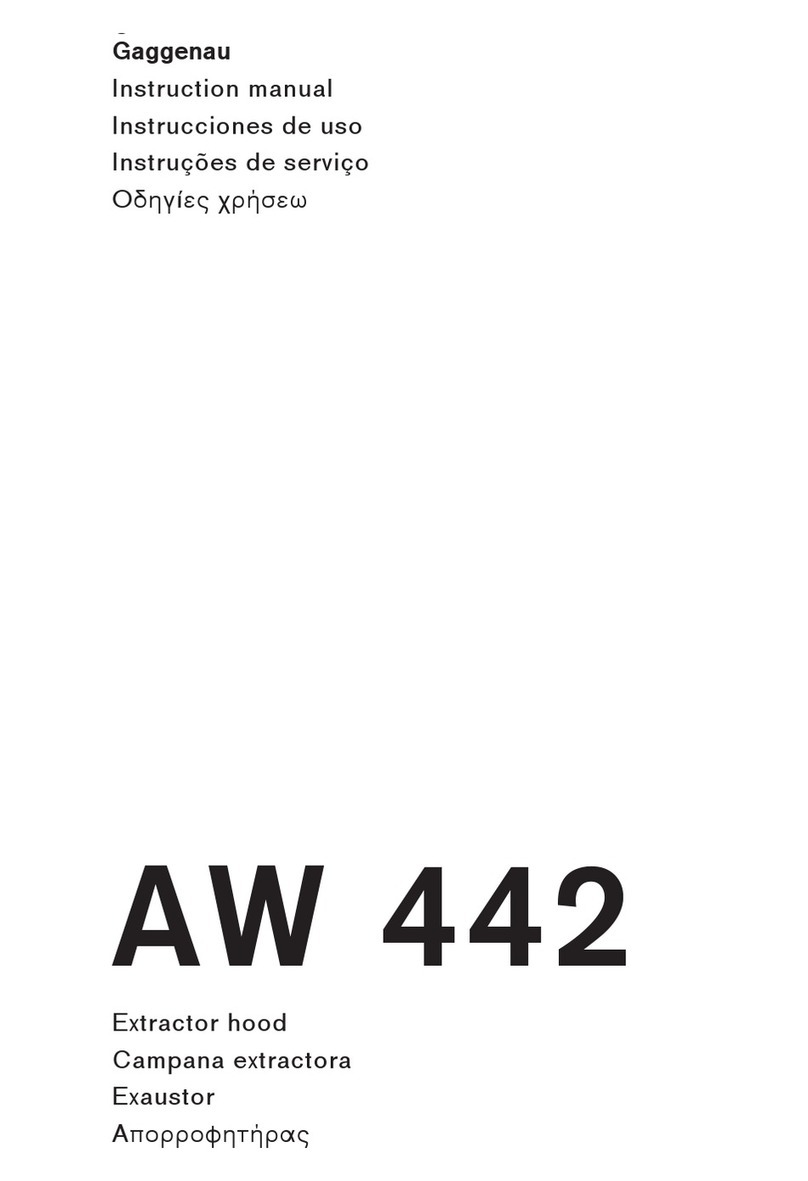
Gaggenau
Gaggenau AW442120 User manual

Gaggenau
Gaggenau AI 280720 User manual

Gaggenau
Gaggenau VL 414 User manual
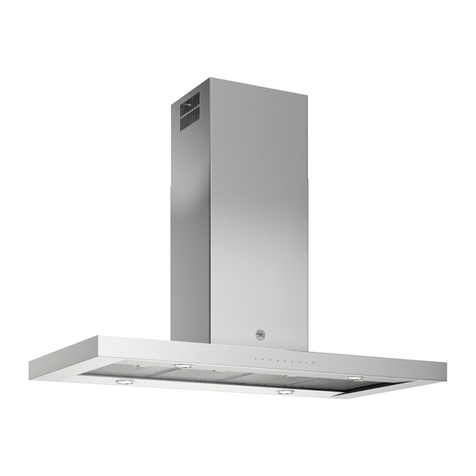
Gaggenau
Gaggenau AI 543-120 Product guide

Gaggenau
Gaggenau AC2001.1 User manual

Gaggenau
Gaggenau AW 442 190 CN User manual
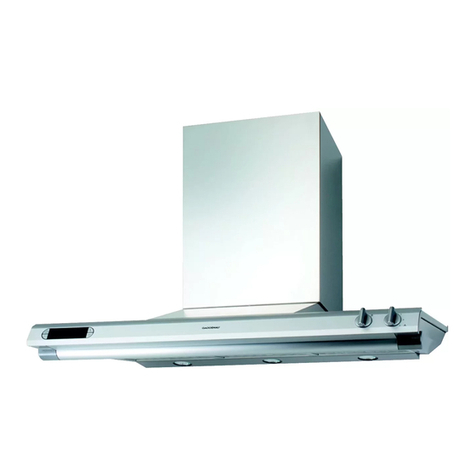
Gaggenau
Gaggenau AH 600-190 Product guide
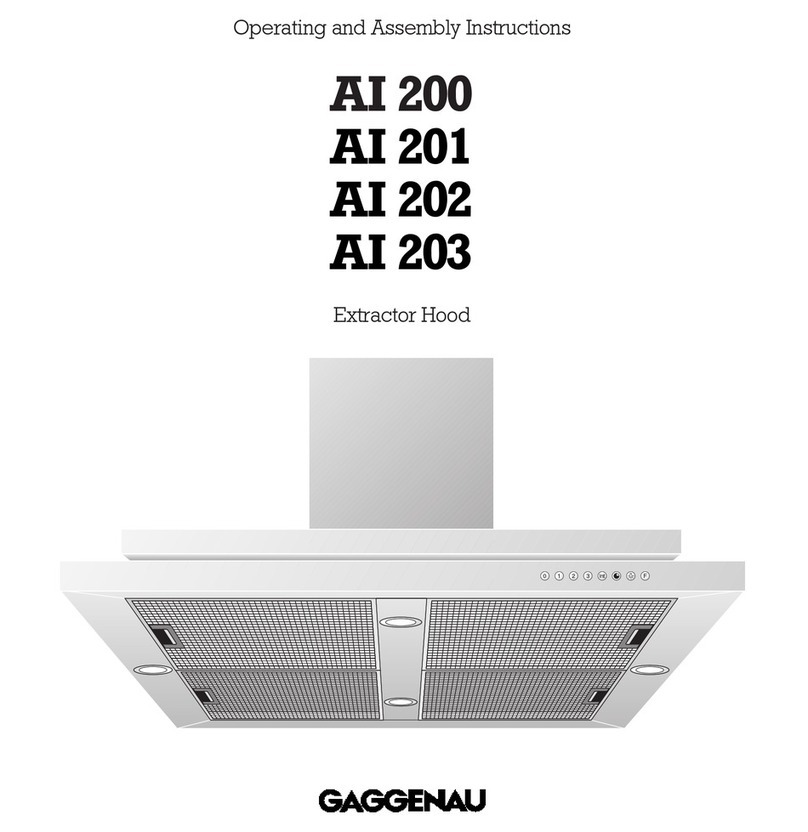
Gaggenau
Gaggenau AI201100 Product guide
Popular Ventilation Hood manuals by other brands

Hotpoint Ariston
Hotpoint Ariston HNP 6.5 CM X/HA operating instructions

KitchenAid
KitchenAid 30" (76.2 CM) RANGE HOOD Installation Instructions and Use & Care Guide

BOMANN
BOMANN DU 773 IX instruction manual

Kleenmaid
Kleenmaid RH1X Instructions for use and warranty details
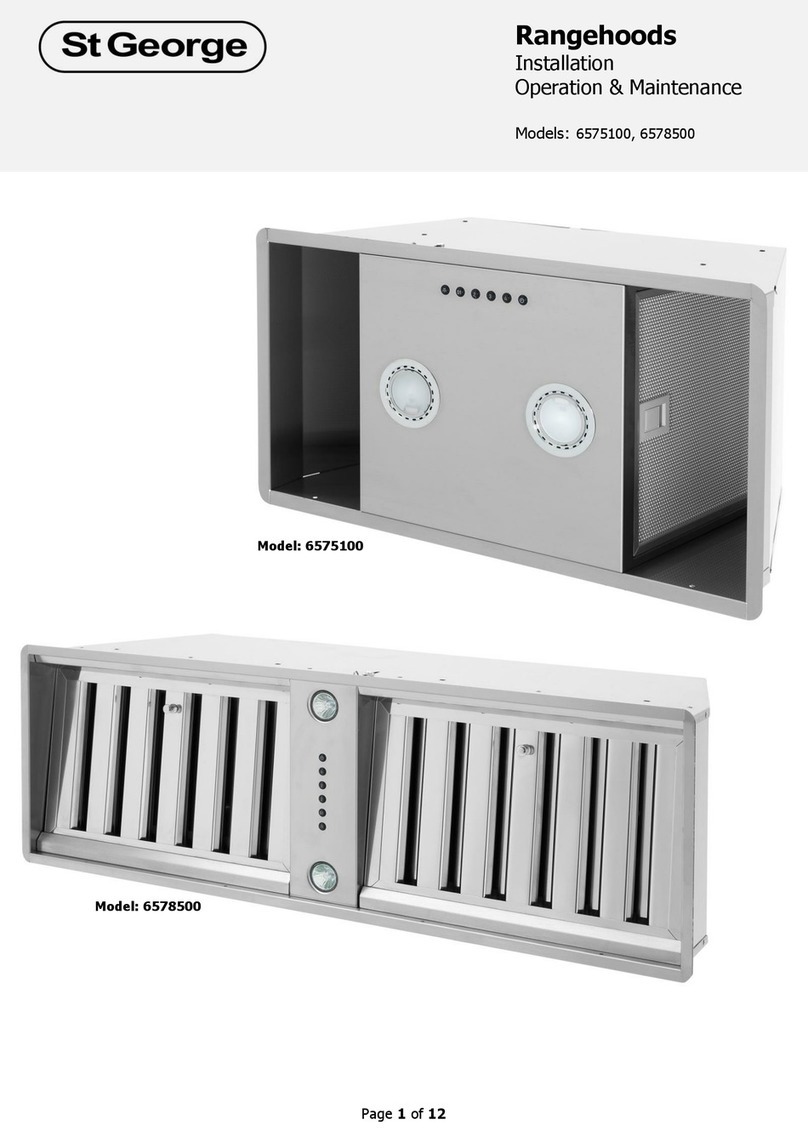
St George
St George 6578500 Installation operation & maintenance
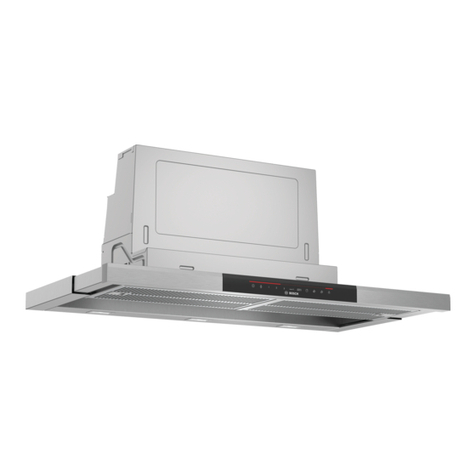
Bosch
Bosch DFS097K51 User manual and assembly instructions

Wolf
Wolf Pro Ventilation Hood Liners installation guide
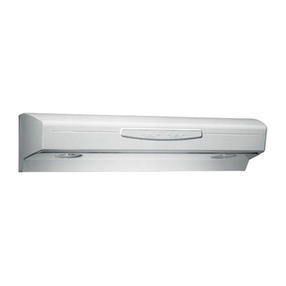
Kenmore
Kenmore 233.55012000 Use & care guide

Smeg
Smeg KDD90VX manual
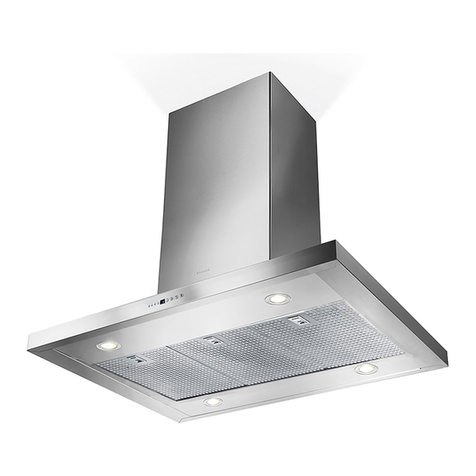
Faber
Faber BELLA IS Series Installation instructions; use and care information

Bertazzoni
Bertazzoni Professional Series User instructions
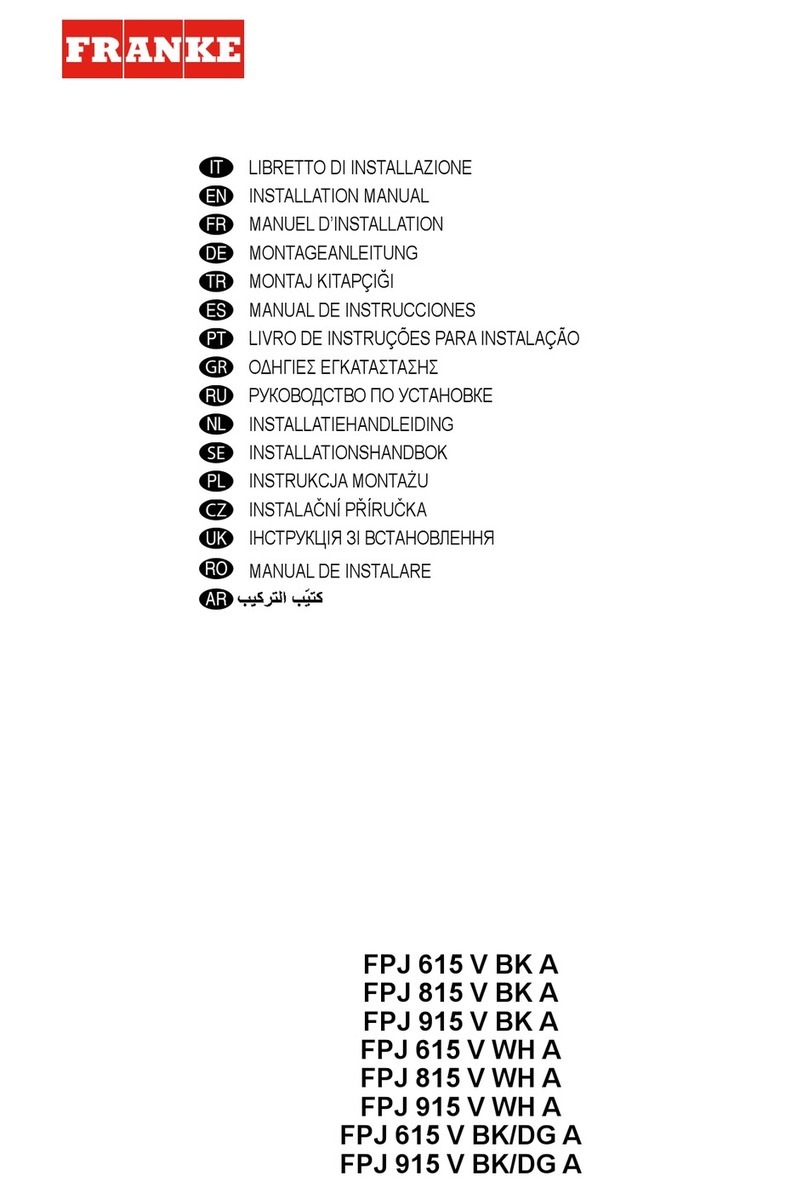
Franke
Franke FPJ 615 V BK A installation manual



